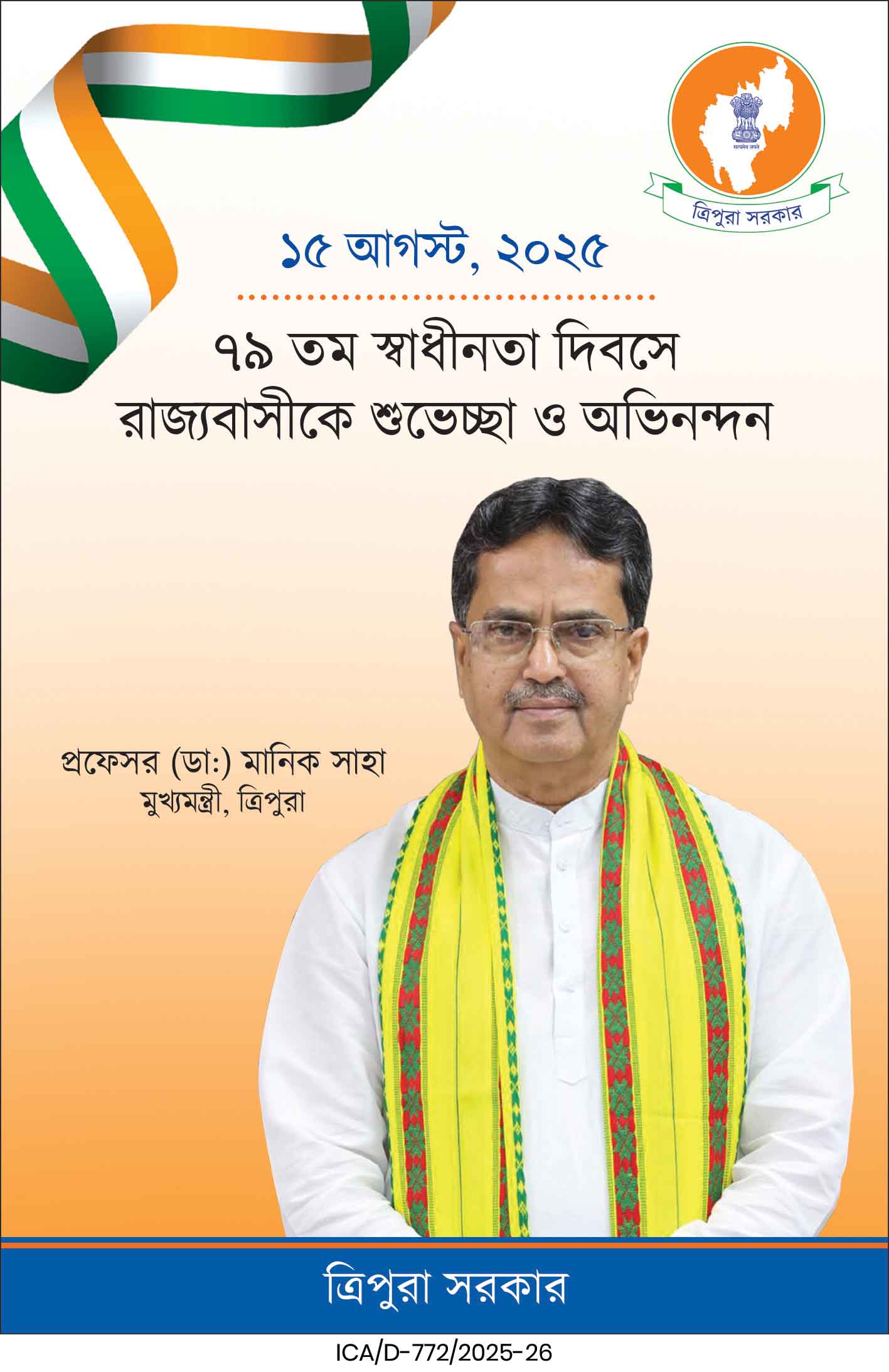Tripura has doubled its GSDP in six years, achieving 16% annual growth with fiscal discipline and digital governance. Despite land and logistic challenges, the state outlines a bold roadmap towards Viksit Bharat, focusing on reforms in land use, labor skilling, financial optimization, and governance efficiency.
In a recent webinar on Tripura’s economy organized by Egrow, Kiran Gitte—Secretary of the Industries and Commerce Department and CEO of the Tripura Institution for Transformation—presented a comprehensive overview of the state’s impressive economic progress and the critical hurdles it must overcome to maintain momentum.
Despite being the third smallest state in India, Tripura has achieved what many larger states have struggled to accomplish: rapid economic growth backed by solid fiscal management. Gitte revealed that Tripura’s Gross State Domestic Product (GSDP) has doubled in just six years, far outpacing the national average timeline of ten years. This growth is underpinned by disciplined financial governance, a strong performance in revenue generation, and efficient public expenditure.
Economic Milestones: Small State, Big Impact
Between 2019 and 2025, Tripura has maintained an annual economic growth rate exceeding 16%. The per capita income gap between the state and the national average has narrowed significantly—now just ₹13,000 apart. State tax revenues have seen a 12.14% increase, primarily through Goods and Services Tax (GST), excise, and vehicle taxes. Non-tax revenues have also grown, aided by Tripura’s oil, gas, and mineral resources such as clay and sand.
Tripura has also benefited from the central government’s special assistance for northeastern states, receiving central grants on a 90:10 sharing ratio. Over the last five years, the state’s share of union taxes and grants has doubled, providing a significant boost to its fiscal strength.
While maintaining this upward trajectory, the government has kept revenue expenditure in check—averaging only 9% annual growth—despite a 16% growth in income. Capital expenditure has almost doubled, rising from ₹1,776 crore in 2019–20 to ₹4,500 crore in 2024–25, focusing on long-term infrastructure and developmental projects.
Tripura’s debt-to-GSDP ratio has improved dramatically, dropping from 39% in 2021 to 26.48% today. The fiscal deficit has been curtailed from 6% in 2019–20 to under 1%, drawing praise from the Finance Commission for maintaining one of the best financial management records in the country.
Digital and Social Governance Reforms
Gitte emphasized the role of digital governance in transforming the state administration. By shifting to digital processes—from cabinet operations to village-level governance—the state has saved over ₹100 crore annually and set a national benchmark for e-governance.
Tripura has also demonstrated a commitment to social equity. Around 39% of its total budgetary expenditure is allocated to tribal areas, which house 34% of the state’s population. Local governance has been strengthened through robust panchayati raj institutions and the functioning of an autonomous district council.
Challenges on the Road to Viksit Tripura
Despite these accomplishments, Gitte did not shy away from pointing out serious challenges. One of the most critical is land scarcity—only 26% of the land is cultivable due to 73% forest cover and rugged hilly terrain. This severely limits both agricultural expansion and industrial development.
Tripura’s geographic remoteness is another significant hurdle. Located over 1,500 kilometers from Kolkata, the state faces high logistics and transportation costs, particularly for its major industries such as rubber and bamboo. Although the state produces a surplus of these products, shipping them to the rest of India or abroad remains cost-prohibitive.
The short working season of four to five months per year further restricts productivity. Moreover, the lack of basic industrial resources like stone, steel, and cement—much of which must be imported from neighboring Bangladesh—adds to the overall cost of development. Tripura also faces a skills gap due to limited access to quality technical training and industrial exposure.
Roadmap to a Developed Tripura
To tackle these challenges, Gitte outlined a four-pronged development approach focusing on land, labor, finance, and governance:
Land: Tripura is intensifying land reforms and implementing modern agricultural practices, especially in the western belt, to make better use of available space.
Labor: The state is launching skilling programs that include foreign language training and international job placements to widen employment horizons.
Finance: Continued fiscal prudence, careful capital expenditure, and strategic debt management are being prioritized.
Governance: Emphasis on digital governance, compliance ease, and institutional collaborations will drive reform.
Tripura is actively collaborating with top institutions such as IIM Ahmedabad, IIM Kolkata, and ISI Kolkata to modernize governance frameworks and develop sector-specific strategies. The state is also exploring untapped mineral resources like rare earth elements and limestone to diversify its economic base.
| Also Read: Forced marriage attempt foiled: TCPCR rescues 2 minor sisters |
Looking ahead, Tripura aspires to increase its per capita income from $2,300 to $18,000, aligning with the national Viksit Bharat 2047 vision. With a projected GSDP growth of 14-16% annually, strategic reforms, and strong governance, Tripura aims to overcome its limitations and position itself as a growth model for other northeastern states.





